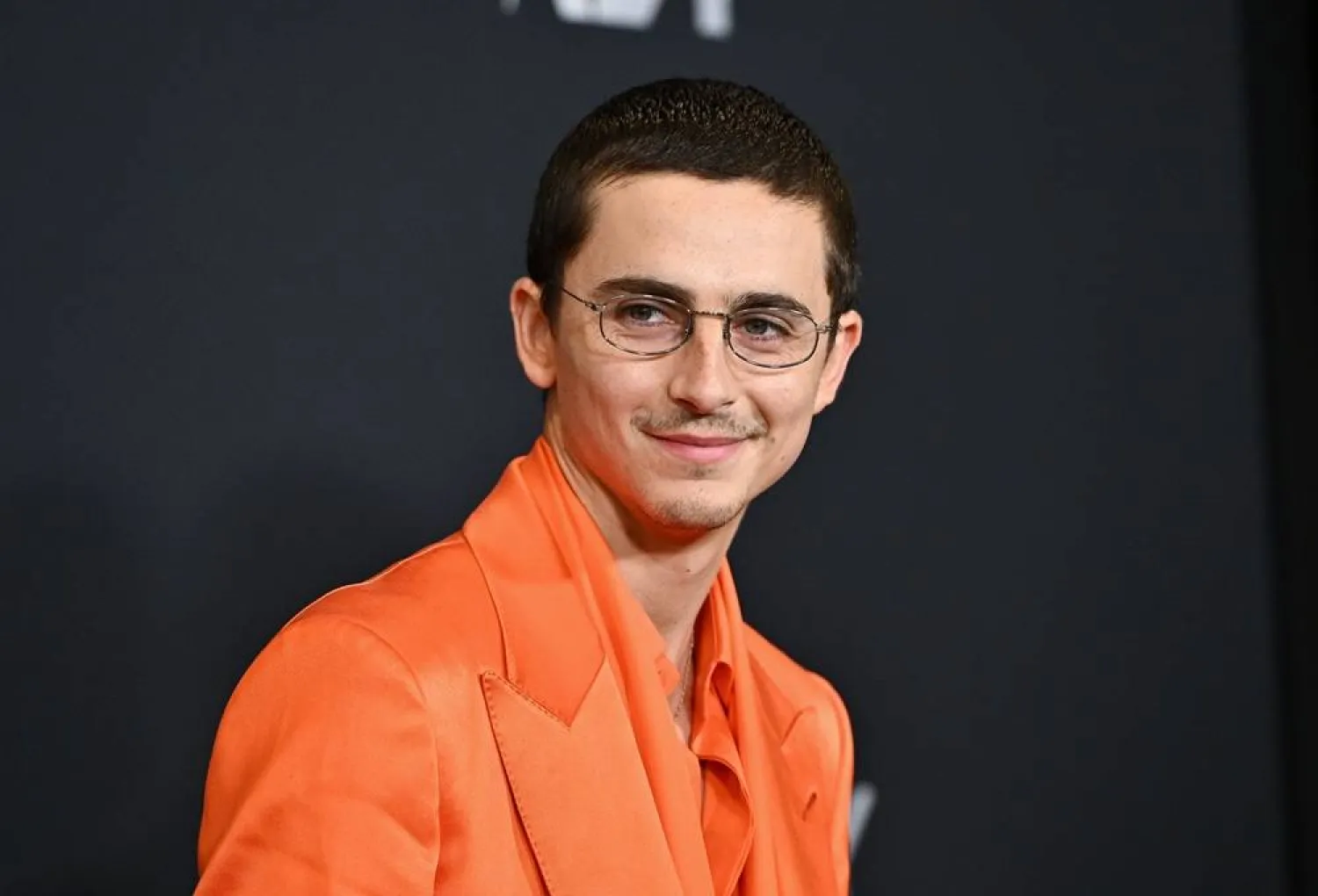Talks bitterly broke off between Hollywood actors and studios late Wednesday, killing any hopes that the three-month strike by performers would come to an end anytime soon.
The studios announced that they had suspended contract negotiations, saying the gap between the two sides was too great to make continuing worth it, despite an offer as good as the one that recently ended the writers strike. The actors union decried their opponents' “bullying tactics” and said they were wildly mischaracterizing their offers, The Associated Press reported.
On Oct. 2, for the first time since the strike began July 14, the Screen Actors Guild-American Federation of Television and Radio Artists had resumed negotiations with the Alliance of Motion Picture and Television Producers, which represents studios, streaming services and production companies in strike talks.
When negotiations resumed with writers last month, their strike ended five days later, but similar progress was not made with the actors union.
The studios walked away from talks after seeing the actors' most recent proposal on Wednesday.
“It is clear that the gap between the AMPTP and SAG-AFTRA is too great, and conversations are no longer moving us in a productive direction,” the AMPTP said in a statement.
The SAG-AFTRA proposal would cost companies an additional $800 million a year and create “an untenable economic burden,” the statement said.
In a letter to members sent early Thursday, SAG AFTRA said that figure was overestimated by 60%. The union said its negotiators were “profoundly disappointed” the studios had broken off talks.
“We have negotiated with them in good faith,” the letter read, “despite the fact that last week they presented an offer that was, shockingly, worth less than they proposed before the strike began.”
Actors have been on strike over issues including increases in pay for streaming programming and control of the use of their images generated by artificial intelligence.
The AMPTP insisted its offers had been as generous as the deals that brought an end to the writers strike and brought a new contract to the directors guild earlier this year.
But the union letter to actors said the companies “refuse to protect performers from being replaced by AI, they refuse to increase your wages to keep up with inflation, and they refuse to share a tiny portion of the immense revenue YOUR work generates for them.”
From the start, the actors talks had nothing like the momentum that spurred marathon night-and-weekend sessions in the writers strike and brought that work stoppage to an end. Actors and studios had taken several days off after resuming, and there were no reports of meaningful progress despite direct involvement from the heads of studios including Disney and Netflix as there had been in the writers strike.
The writers did have their own false start in negotiations, however. A month before the successful talks, the initial attempt to restart ended after just a few days.
Members of the Writers Guild of America voted almost unanimously to ratify their new contract on Monday.
Their leaders touted their deal as achieving most of what they had sought when they went on strike nearly five months earlier.
They declared their strike over, and sent writers back to work, on Sept. 26.
Late night talk shows returned to the air within a week, and other shows including “Saturday Night Live” will soon follow.
But with no actors, production on scripted shows and movies will stay on pause indefinitely.
Hollywood Studios Break Off Strike Talks with Actors

The iconic Hollywood sign is pictured on the day members of the Writers Guild of America (WGA) approved a new three-year contract with major studios, in Los Angeles, California, US, October 9, 2023. REUTERS/Mario Anzuoni

Hollywood Studios Break Off Strike Talks with Actors

The iconic Hollywood sign is pictured on the day members of the Writers Guild of America (WGA) approved a new three-year contract with major studios, in Los Angeles, California, US, October 9, 2023. REUTERS/Mario Anzuoni
لم تشترك بعد
انشئ حساباً خاصاً بك لتحصل على أخبار مخصصة لك ولتتمتع بخاصية حفظ المقالات وتتلقى نشراتنا البريدية المتنوعة







